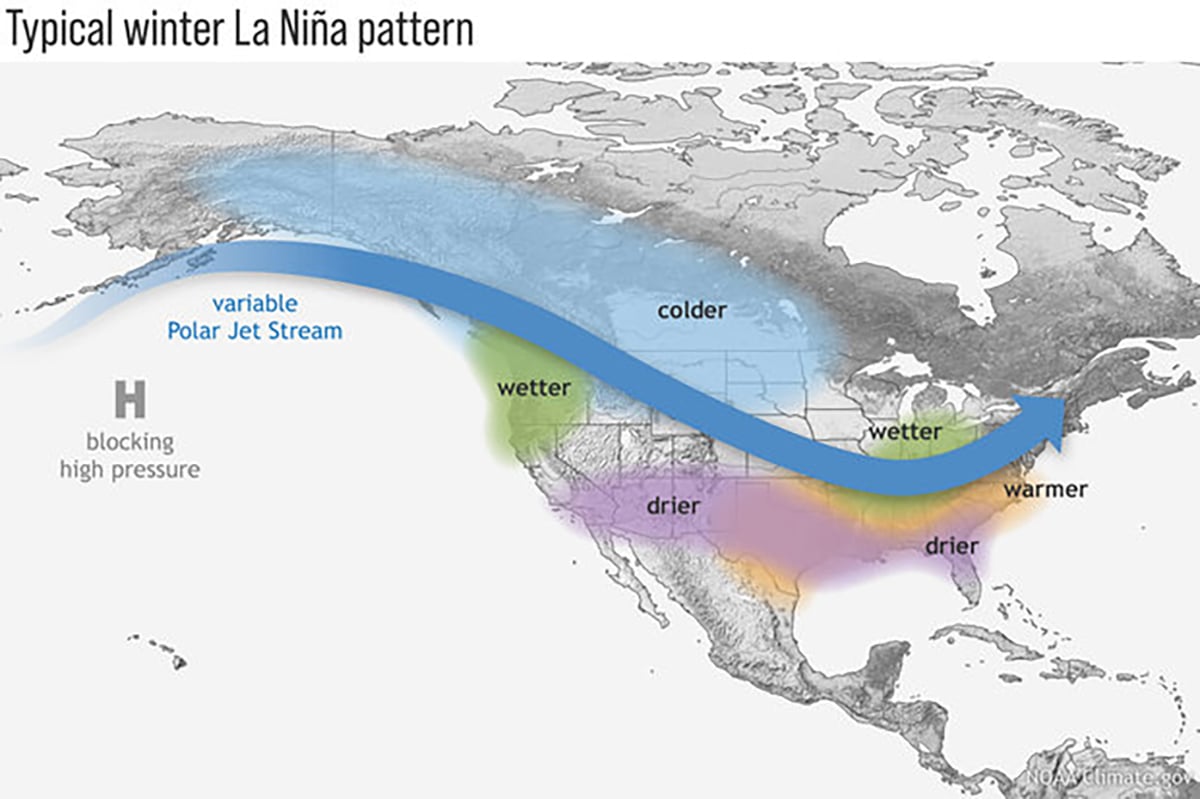Canadian Grain Commission official says the organization needs to review how it goes about making decisions
REGINA — The Canadian Grain Commission plans to review its processes in light of what happened this past summer regarding test weights, says assistant chief commissioner Patty Rosher.
Speaking at the Agricultural Producers Association of Saskatchewan annual meeting, Rosher said the decision to align primary and export test weights, and then reverse it, indicates the commission should have approached the situation differently.
“We heard the feedback that we have received from farmers and we are putting any movement on this on pause while we review our processes to make sure that we are properly communicating with stakeholders and that we are following best practices and policies,” she said in an interview.
Read Also

Weather factors to watch this winter
There are currently three main factors that could be a driving force behind the type of weather we may see this winter. The first is La Nina, which is currently in a weak stage.
The CGC announced in June it was going to align the lower primary test weight with the higher export standard, saying few farmers would be affected.
But SaskWheat and APAS argued that grain companies could blend grain to meet the standard, but farmers could not. They said that wheat grading No. 1 could be downgraded as low as feed if the test weight was too low.
They also said the change should not have come so close to harvest when contracts had been signed much earlier.
The CGC changed its mind under producer pressure, but the Western Grain Elevators Association was unhappy.
Blair Cummins, an APAS delegate from the Rural Municipality of Blucher, asked Rosher what the problem was in the first place.
“How did the proposal that we had to deal with this summer, obviously in conflict with (CGC) objectives, gain so much traction so quickly without anybody knowing?” he asked.
Rosher said the idea apparently goes back at least 20 years during discussion on overall grain grading modernization.
“Perhaps at this point we need to think back to the impetus at the time and refresh ourselves, refresh it, revisit it, because one of the things that we have not communicated well enough is what is the problem that we’re trying to solve,” she said.
She said grain companies have to find higher test weight grain to blend in years when test weights are light, so that is a risk to them. But farmers who deliver low test weight grain would be penalized.
Rosher said exporters deliver at higher than the export standard and if they didn’t the sales penalties to them are huge.
“That cost backs up all the way through the system. That’s a legitimate concern,” she said.
She added the commissioners have not really talked about the matter since the decision was repealed.
“I think everybody is happy to put this on hold for a bit,” she said.
She told delegates a re-do should be done with proper decision-making processes.
“You have a problem, you gather the information, you develop the alternatives, you make the decision, you implement it and then monitor the effects. What happens sometimes is the decision is already made and if that’s the case, then all those other steps are compromised. Did we have the right problem before us or had the decision to align these standards already been made?”
Rosher outlined other factors in the discussion, such as whether farmers are properly compensated for test weights in a low test weight year.
“Had the risk to the grain companies of managing those two standards become great and costly and does that overweigh the benefits of that blending to farmers?” she said.
The decision should consider whether exporters are contracting at higher test weights and aren’t relying on export standards, she said.
Meanwhile, the CGC is going ahead with its in-country presence strategy, in which it intends to publish calibration and maintenance standards for protein and moisture testers.
“We heard a lot from the farm groups that they weren’t sure that there was consistency or fair treatment on the driveway in certain aspects,” said Rosher. “Certainly 2019 brought to light a lot of questions around moisture testing and inconsistencies there, so we have proceeded down the road of our in-country presence strategy.”
Licensees were surveyed to find out how they manage their equipment, training and quality management practices.
“What we found was that there doesn’t seem to be a systemic issue but there certainly is a wide variety of approaches to quality management in the country, specifically around protein and moisture testing,” she said.
Standards are currently out to the industry for feedback and it will be up to individual companies to implement the standards.
Rosher said the commission is also working to follow up on final quality determinations to see how the process worked.
More information on these, and a proposal to add more eastern voices to the commission’s advisory committees, will be available at winter meetings, Rosher said.
















